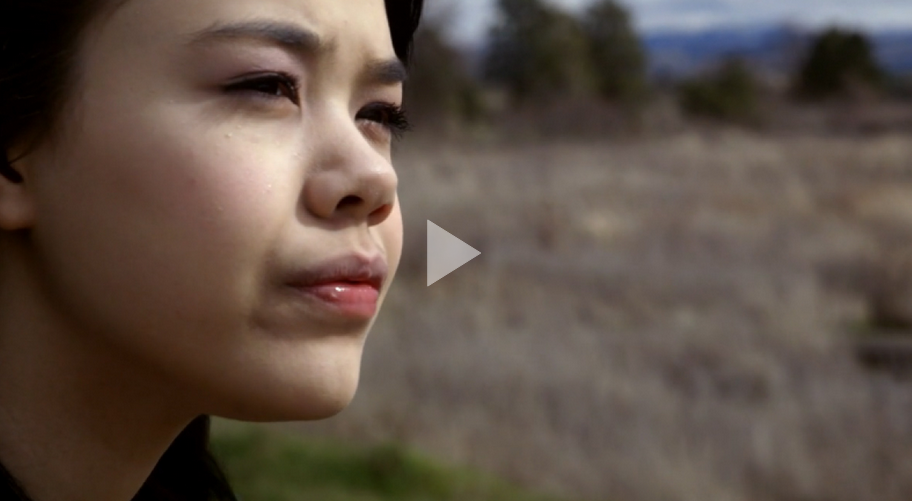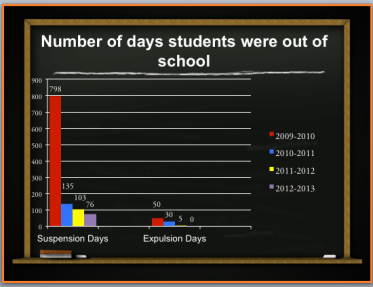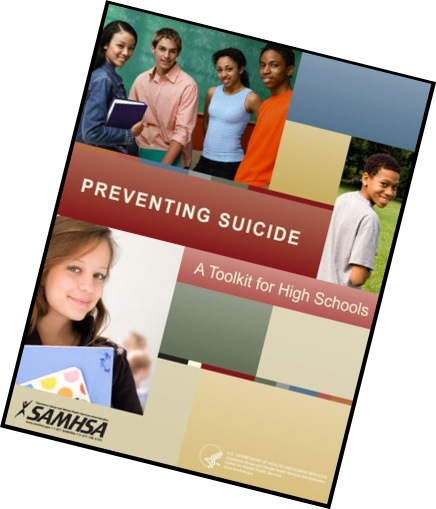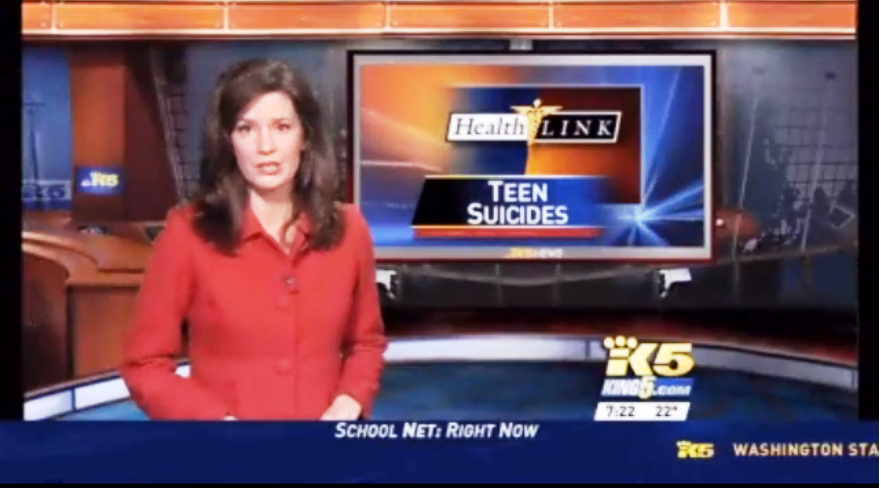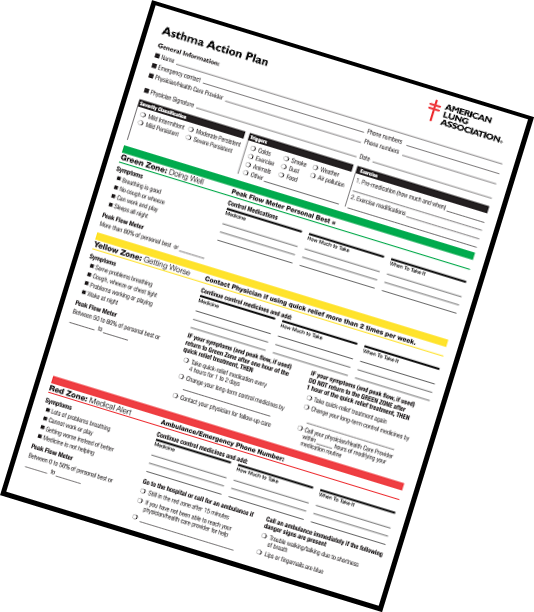More children with chronic health conditions (CHC) are attending school, and some of them struggle academically because of issues related to their health.
School-based case management provided by a school nurse is the most effective way to improve the academic success of these children. The school nurse coordinates and conducts assessment, planning, and implementation of individualized health care plans for safe and effective management of students with health conditions during the school day.
Over the past few decades the number of students with CHC in schools has increased for a variety of reasons. Many students who had been confined to therapeutic settings are now being educated in the local school district in the least restrictive environment. Their right of participation is protected by federal law, including the
Rehabilitation Act, Section 504 and the Individuals with Disabilities Educational Act [IDEA] of 2004.
As survival rates associated with chronic conditions in infants and children continue to increase and life expectancy increases, the health care and educational service needs of students will increase. Many children with CHC now are able to attend school and succeed due to critical support services, including those provided by school nurses. The school nurse is a key member of the educational team and is the one who is responsible for planning, implementing, and monitoring the health care plans for students with CHC.
Below is a video chronicling four students with life threatening health conditions and their need for school health management:
This video was produced for presentation to the Washington State Senate Health and Long-Term Care Committee of the Washington State Legislature. Source: Heron Cove Productions
School nurses evaluate students, often identifying conditions
Health care needs of students with chronic health conditions are complex and continuous. School nurses assist many children not served by the health care system and work to create access to health care for students and families. Students who may not have been identified as having a chronic condition prior to school entry are identified by school nurses who then coordinate evaluation and intervention services.
School nurses assist students in learning to manage chronic illness, increasing seat time in the classroom, decreasing student absenteeism, resulting in cost savings to the school district and an increase in the overall academic success of the student.
Source: Chronic Health Conditions Managed by School Nurses, National Association of School Nurses




